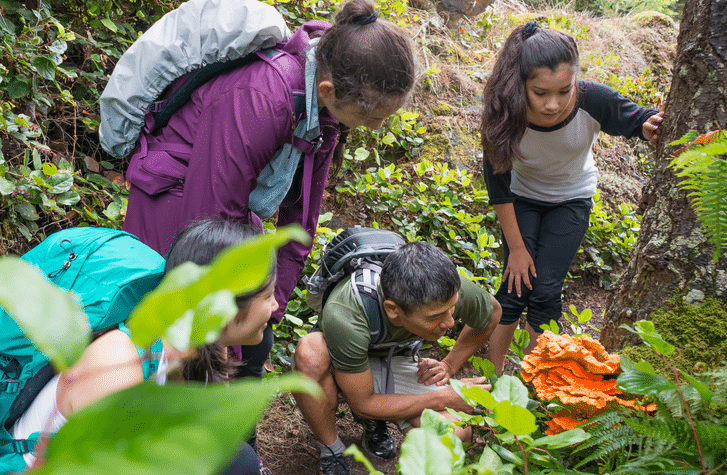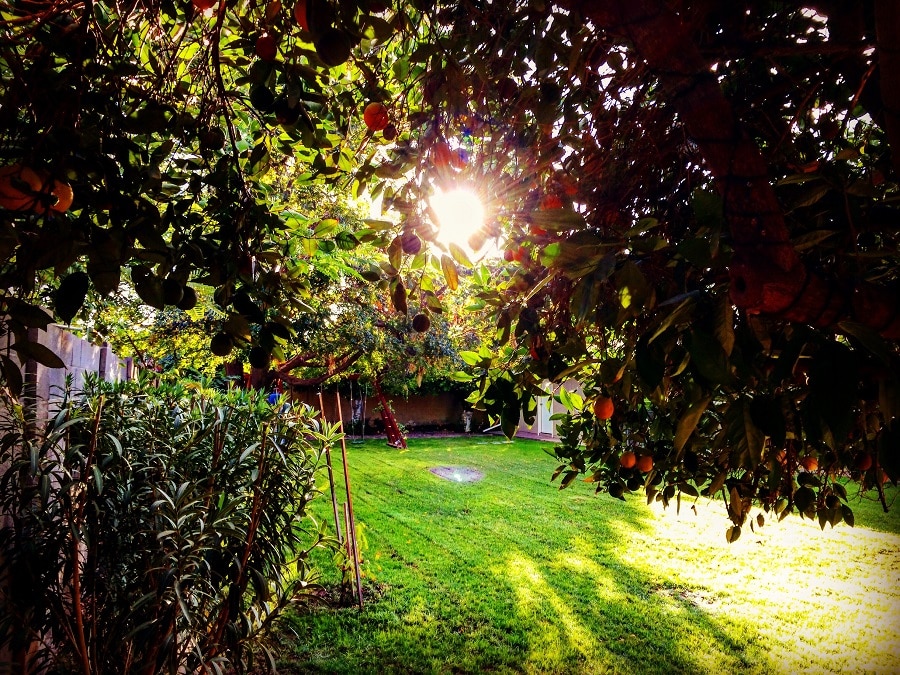Foraging is centuries-old and can help you find wholesome foods like greens, nuts, fruits, herbs, and roots. By understanding their benefits, you will learn how these age-old practices enhance outdoor experiences and improve overall nutrition in your diet. Get ready to dive further into the history and science behind foraged plants and explore some simple harvesting tips! Whether you’re an experienced forager or just beginning your journey into this exciting activity, this post will provide helpful insight into what to expect from the wonderful world of foraging and wild herbs.
Contents
The History Of Foraging

Foraging has been a part of human life since the earliest days of civilization, with most communities relying heavily on wild-grown fruit, grains, nuts, and other edible plants. While humans have traditionally relied on plants as a primary food source, more recently, there has been an increase in the practice of scavenging for wild food—such as mushrooms, shellfish, and even artificial objects.
Today, foraging is a fun pastime that has gained popularity among amateur and professional naturalists. It allows people to interact directly with nature by learning about their local flora and fauna and experiencing a connection to their pre-industrial heritage. Foragers continually discover new sources of sustenance as they investigate their environment and discover new edible items.
Benefits Of Foraging

Foraging offers numerous benefits for both your physical and mental health. For one, it allows you to get outside and engage in physical activity, which can help to reduce stress and improve your overall mood. Foraging also provides an opportunity to connect with nature and better understand our local ecosystems.
Additionally, foraging can help you to save money on food, as many wild plants and herbs can be harvested for free. Lastly, foraging can be a way to explore new culinary and medicinal experiences and expand your knowledge of different herbs and their uses.
Getting Started with Foraging & Wild Herbs

Before heading out to forage, it is important to take some basic precautions to ensure your safety. Firstly, it is essential to identify the plants and herbs you are looking for and be aware of any poisonous plants present in your local area. You can start by researching and learning about the plants and herbs native to your region and by seeking guidance from local experts or foraging groups.
Additionally, you should always ensure that we have the necessary permits and permissions to forage in your area and that you respect the land and its inhabitants. If you are new to foraging, starting with a small area where you can safely learn and experiment is always best.
As you gain more experience and expertise in foraging and wild herbs, you can expand your knowledge base and explore more remote areas of the outdoors. You can gain insight into the fascinating world of foraging and wild edibles with practice, patience, and an open mind.
Common Edible Wild Herbs

Depending on where you live, numerous wild herbs are commonly used for culinary purposes. Some of the most well-known herbs include:
- Dandelion – Bursting with flavor and rich in nutrients, the leaves and blossoms of the dandelion plant are ideal additions to salads or cooked dishes.
- Nettles – Nettles are a nutrient-dense herb used in soups, stews, and teas. They are known for their anti-inflammatory properties and are used to treat various ailments.
- Wild Garlic – This herb is commonly found in wooded areas and can be used in various dishes, including pestos and soups.
- Elderflower – The flowers of the elder plant can be used to make syrups, cordials, and other sweet treats. Just be sure to cook any flowers before consuming them.
- Chickweed – This herb has a mild flavor and is often used in salads or as a soup garnish. It’s also known for its healing properties, which have been used to treat skin conditions, joint pain, and more.
Common Medicinal Wild Herbs

In addition to their culinary uses, many wild herbs are also used for their medicinal properties. Some common medicinal herbs you might come across include:
- St. John’s Wort – This herb is known for its antidepressant properties and is used to treat mild to moderate depression.
- Yarrow – Yarrow is used to treat wounds and is known for its anti-inflammatory and pain-relieving properties.
- Echinacea – This herb boosts the immune system and prevents and treats colds and other respiratory infections.
- Chamomile – Chamomile is a calming herb for treating anxiety, insomnia, and digestive issues.
- Valerian – Valerian is a soothing herb commonly used to treat insomnia and anxiety. It can also be used to treat headaches and digestive issues.
Sustainable Foraging Practices

Sustainable foraging practices are methods of harvesting food and other materials from the environment that are projective green initiatives and strive to improve effects on the environment. These practices involve collecting wild edibles that prioritize humans and nature. Sustainable foragers consider ecology, harvest limits, seasonality, and respect for plants as they gather items from their given environment.
Such practices can include anything from keeping a watchful eye on the health of ecosystems to actively restoring spaces impacted by over-harvesting or development. Through utilizing sustainable foraging techniques, you can work to protect nature and secure resources for yourself and future generations.
Resources For Beginner Foragers

Becoming a forager is an exciting way to take your nutrition into your own hands and explore the world around you. But it can be daunting for the beginner, who may need help knowing where to start. Thankfully, plenty of resources are available to get you started in your foraging journey, ranging from books that provide detailed instructions regarding plants and fungi to field guides that help you identify plants in their natural habitats.
Even classes and workshops are available at nature conservatories or community centers geared towards teaching beginners how to cultivate an array of edible wild plants safely. Equipped with such tools, beginner foragers can spend time in nature soaking up its beauty while confidently harvesting healthy ingredients for delicious meals.
Follow These Lessons On Foraging And Wild Herbs!
With this introduction to foraging and wild herbs, you now better understand the powerful benefits of harvesting wild plants and fungi. Not only can foraging provide you with nutritious ingredients for your meals, but it also provides an opportunity to learn more about ecology and sustainable living practices. So get out there and start exploring! With some guidance, you’ll be harvesting wild edibles in no time.


